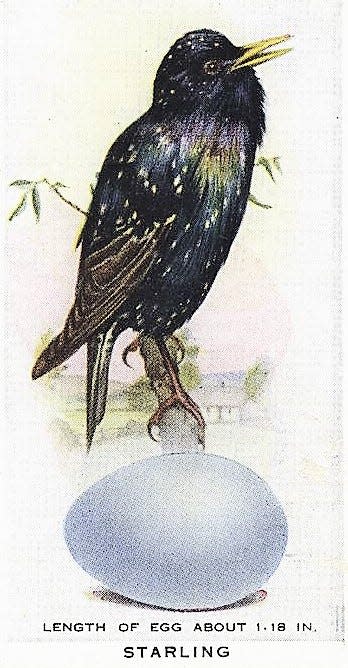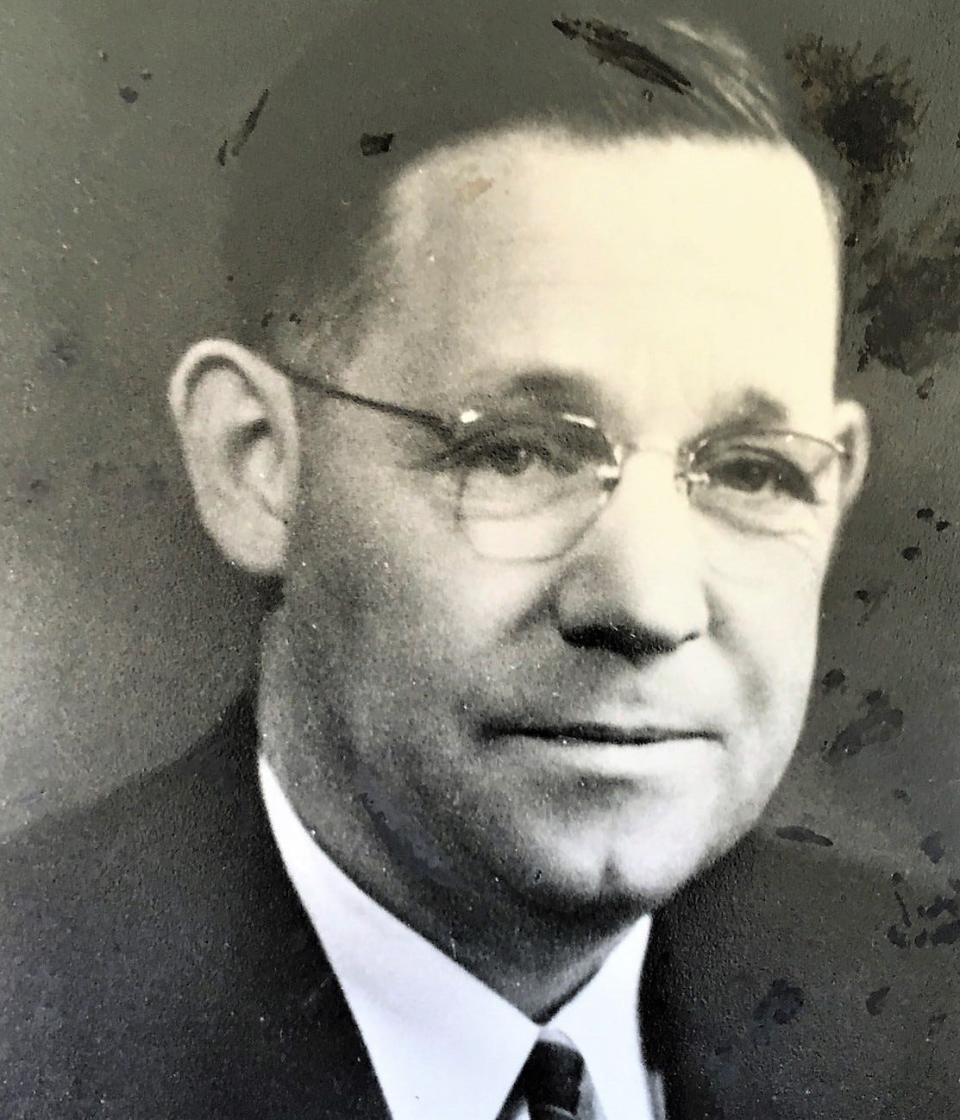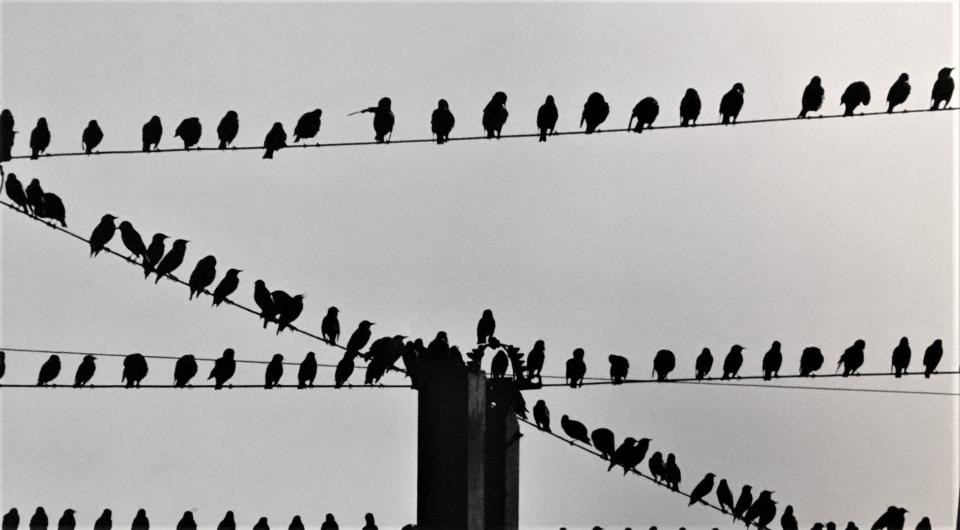The Way We Were: At one time, a bird problem swarmed Augusta and Georgia

Alfred Hitchcock's 1963 movie thriller, "The Birds," frightened America with the concept of out-of-control winged threats.
Augustans, however, had seen it before.
In 1940, The Chronicle reported our town overwhelmed with starlings, small black birds that filled the sky (and trees and residential rooftops) in numbers no one had seen before.
On lower Greene Street residents called for city action, even recommending it set off fireworks to frighten the birds.
Augusta Mayor James Wooddall responded that the city did not have the money for fireworks, and urged homeowners to use their own firepower.
"The best thing I know to do is grab a shotgun and cut loose," Mayor Wooddall said. According to the newspaper – it seems to have worked.

More about birds: Have you seen a rufous hummingbird? It's rare in Georgia
Things to do: Time to dine al fresco! These Augusta restaurants offer outdoor dining at its best
Drastic, maybe, but then starlings are not the most popular bird in America's aviary.
Its Latin name – sturnus vulgaris – suggests it might be a bad boy and the "National Audubon Society Field Guide to North American Birds" seems to agree. It says (on Page 649) starlings tend to live together in large roosts where they create "much noise, foul the area and have proved difficult to drive away."
Their birdsong is also described as "a series of discordant, musical, squeaky and rasping notes."
Their one redeeming talent seems to be insect consumption. They're pretty good at that.
Bullets, poison and roman candles

In other news: Fear of fireworks: Animal shelter takes in 57 pets over Fourth of July weekend
Things to do: Augusta's 'Greek Chef' to open new sports bar, grill in former Hive Bodega space
It wasn't enough, however, for the late Ben Fortson, of Wilkes County, Georgia's longtime secretary of state and keeper of the grounds of the state Capitol in Atlanta.
In the 1960s, Fortson gained worldwide attention for his efforts to get rid of the birds that were messing up everything and everybody around the seat of Georgia government.
As secretary of state, Fortson said he was duty bound to stop the avian assault.
Like Wooddall in Augusta, he tried shotgun blasts. These were unsuccessful.
He tried tying metal cans with marbles inside up in trees. It didn't work.
Georgians tried to help. Some told Fortson to use poison. One man suggested a small cannon. Another said they should put "bird food" on top of a building down the street, which would encourage the birds to move.
One woman called Fortson's office to suggest the real problem of the starlings was because of all the "sin" taking place in the state Capitol. If everyone could "get on their hands and knees and put the birds in the hands of the Lord, they'd go away," she said.
In 1965, Fortson told The Atlanta Constitution he had a new plan that showed some success – roman candles. ("I've already ordered 300," he told the newspaper.)
All this attention focused on starlings might not have happened if it had not been for various bird enthusiasts introducing sturnus vulgaris to America. Starlings are not native, but came from Europe. Some were released in Canada, some in Oregon, and most famously some in New York City.
In 1890, a man named Eugene Schieffelin released 60 to 100 starlings in America's largest city. It is said he was trying to bring every bird mentioned by playwright William Shakespeare to the United States.
Few imports have proved so prolific. Today some estimate North America is home to 150 million starlings.
Bill Kirby has reported, photographed and commented on life in Augusta and Georgia for 45 years.
This article originally appeared on Augusta Chronicle: Augusta once used shotguns, fireworks, prayer against birds | Way We Were

